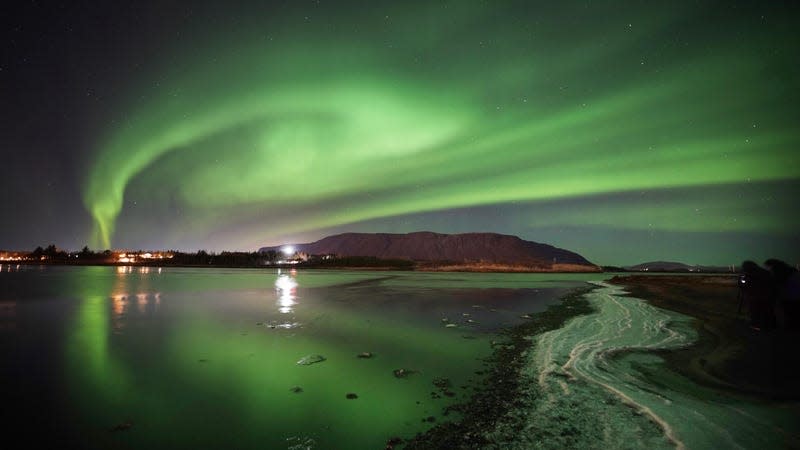Space Hurricanes Over the Arctic Look Super Cool, But Could Cause Problems for Satellites

An aurora borealis is one of the most beautiful natural phenomena on the planet. The dancing waves of colorful light are also a reminder of our place in the universe. Auroras are caused by a stream of charged particles from the Sun, solar winds, hitting the Earth’s magnetosphere and then precipitating in the upper atmosphere. It’s literally raining light from the Sun. A space hurricane, on the other hand, is the Sun deciding that we need a sick eight-hour-long light show visible from the International Space Station.
Space hurricanes were discovered by scientists last year. As its name implies, this unique type of geomagnetic storm rotates over the North Pole and has a calm eye in the center. These light storms can be over 600 miles in diameter. According to the Washington Post, a new study has been published which reveals even more about this recently discovered type of aurora. The other significant difference from traditional auroras is that they last around eight hours instead of around 20 minutes.
Read more

 Yahoo Autos
Yahoo Autos 